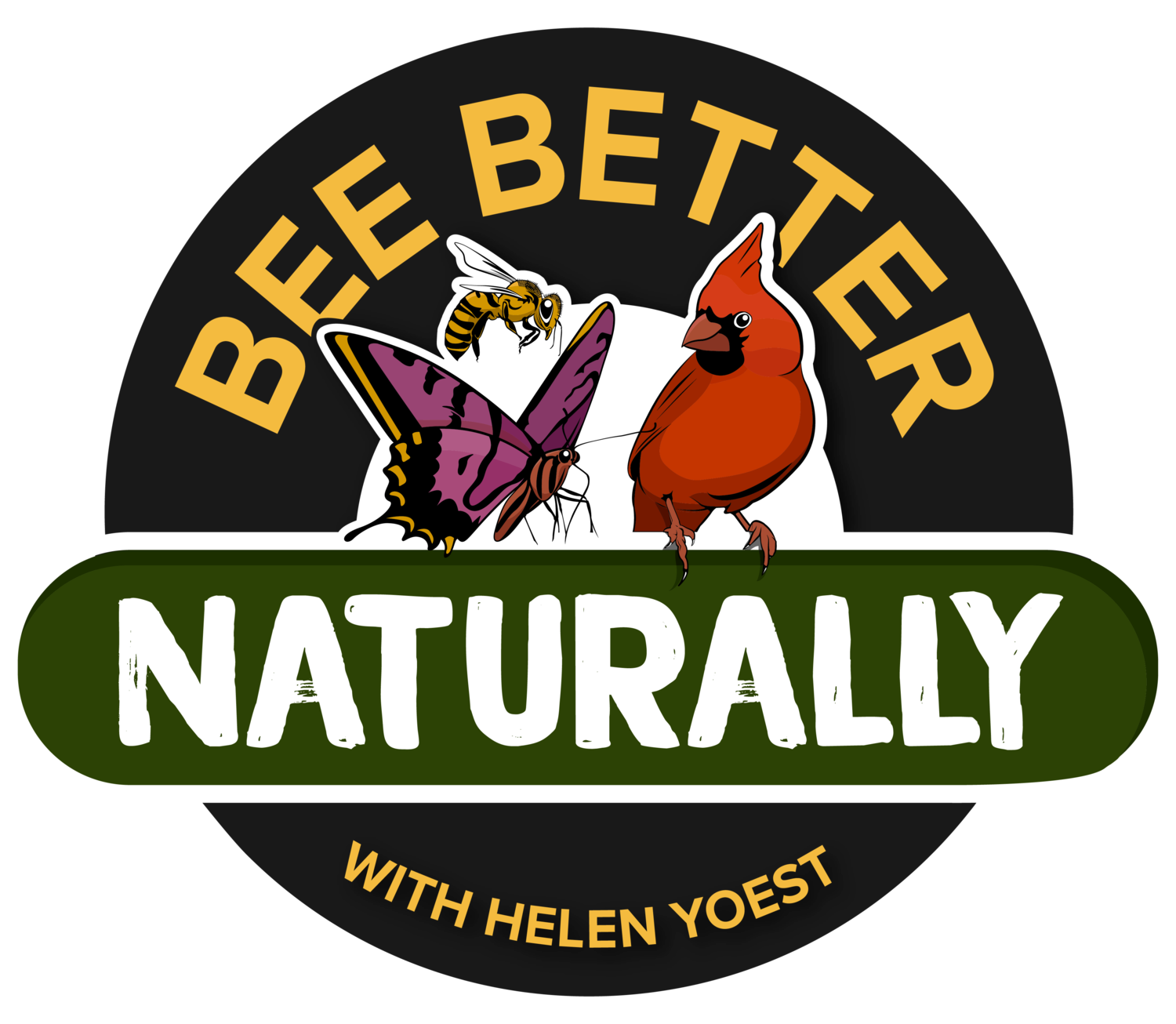I have it; you have it, we all have it. Please don't say it's never in your garden. I wouldn't want you to fib.
Stellaria media, also known as chickweed, is ubiquitous in cool weather gardens. When you aren't paying attention, chickweed germinates in autumn or late winter form large mats. It dies out once the temperatures warm up, but it will be back!
Native to Eurasia and naturalized throughout; it may be the crop of the world! At least for chickens. But did you know it's edible for us too?
Chickweed is grown as a vegetable crop and ground cover for both human and poultry feed. The leaves, flowers, stems, as well as seeds are all edible. They can be eaten raw in a salad or lightly cooked. The peak of flavor is when the flowers are blooming, with a taste reminiscent of spinach and is more nutritious than lettuce!
Chickweed is rich in vitamin A and contains great amounts of vitamin C, etheric oils, flavonoids, and the minerals potassium, silicic acid, zinc, phosphorus, as well as, magnesium and copper.
While many may call these weeds, many insects could not live without them in Georgia. These durable, tolerant, and prolific plants provide essential services to our native bees, butterflies, beetles, and many birds.
his plant produces 1/2 inch to one inch stems that usually sprawl across the ground. It branches abundantly near the base and sprawls out. To harvest, rid, or otherwise weed out, it's best to use a garden knife to dig out the root from the plant's center.
Typical growing conditions are sun to light shade, moist, fertile loam, or even in clay.
The flowers attract bees, butterflies, and birds! I harvest it for my girls. They gobble it up!
Wildlife Value:
Attracts bees, butterflies, and songbirds. Host plant for many butterfly and moth species, including the Chickweed Geometer Moth, Haematopis grataria
Helen Yoest
To purchase my books, click HERE!

